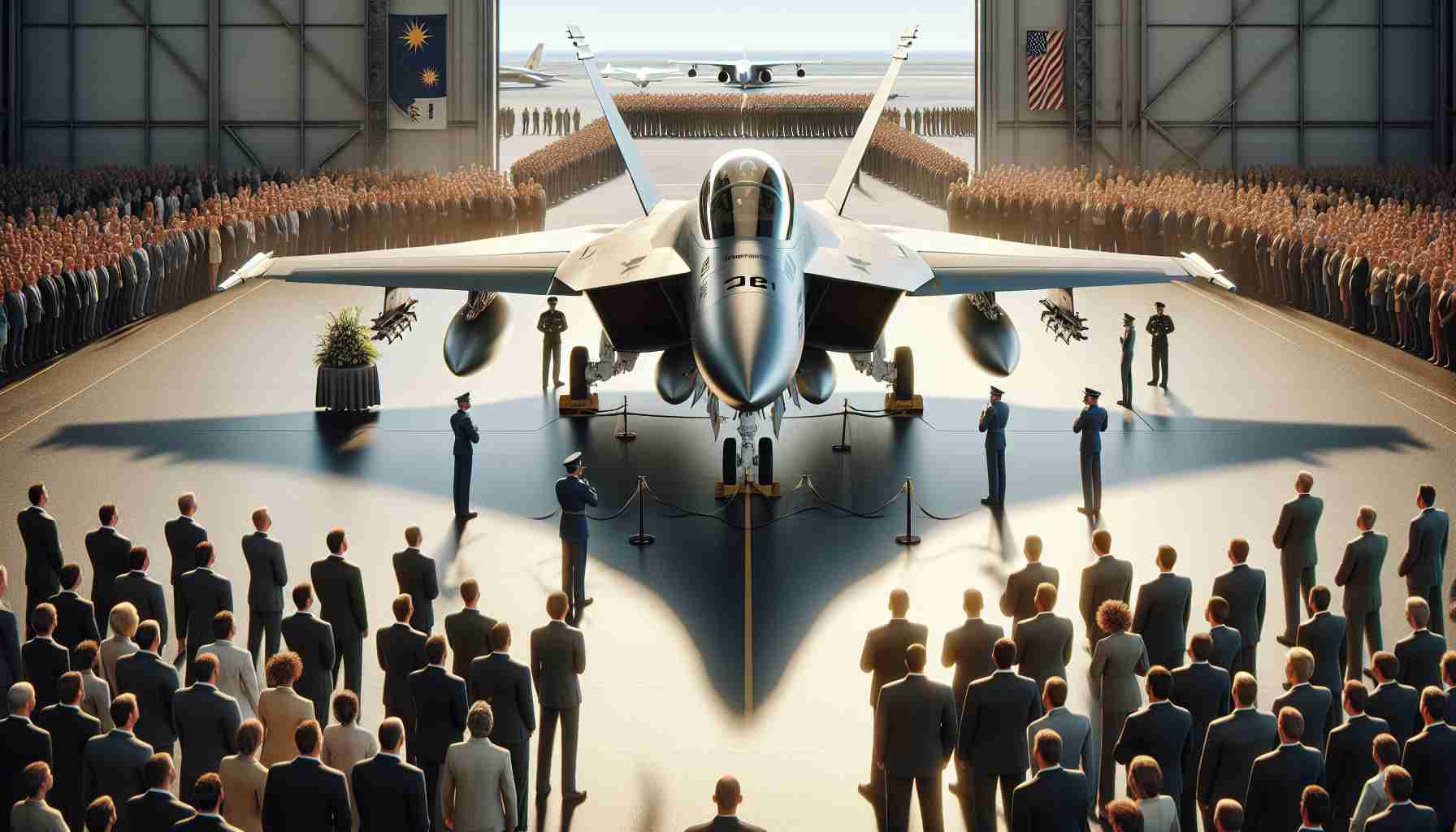The Northrop Grumman F-18, more commonly known as the Boeing F/A-18 Hornet, is a twin-engine, supersonic, all-weather multirole combat jet. Originally developed by McDonnell Douglas and Northrop in the 1970s, the F-18 has become a significant figure in modern aviation, known for its versatility and advanced technology. As the world of military aviation continues to evolve, the F-18 stands as a testament to innovative design and engineering.
One of the standout features of the F-18 is its multirole capability. The aircraft is designed to perform various missions, including air-to-air combat, ground attack, and aerial reconnaissance. This flexibility allows the F-18 to adapt to a wide range of combat situations, making it a vital asset for naval operations. It is a true reflection of the changing dynamics in warfare, where multi-capability aircraft are essential for ensuring the effectiveness of the military.
Another critical aspect of the F-18 is its advanced avionics and systems. The aircraft employs a sophisticated suite of electronics that enhance situational awareness and combat effectiveness. For instance, the AN/APG-73 radar provides exceptional tracking and targeting capabilities, while the avionics infrastructure allows for seamless integration with different weapons systems. The emphasis on technology in the F-18 has set new standards for future fighter aircraft, showcasing the importance of electronic warfare and data processing in modern aerial combat.
The F-18 also emphasizes carrier operations, which is crucial for naval air power. Designed for use on aircraft carriers, the F-18 features a rugged landing gear system and tailhook for arrested landings. Its ability to operate from the deck of an aircraft carrier allows naval forces to project air power globally, making it a cornerstone of U.S. Navy operations and those of allied forces around the world. This capability is particularly significant in today’s geopolitical context, where power projection plays a pivotal role in military strategy.
Moreover, the F-18’s enduring legacy continues to influence the development of future aircraft. The lessons learned from its operational history, including its performance in various conflicts since the Gulf War, have provided invaluable insights for designers and engineers. The integration of stealth technology, improved aerodynamics, and sophisticated weapon systems into newer platforms like the F-35 has been informed by the successes and challenges encountered during the F-18’s service.
Finally, the F-18 program demonstrates the importance of international partnerships in defense manufacturing. Countries such as Australia, Canada, and Switzerland utilize the F-18, highlighting its global reach and collaborative nature in military aviation. These partnerships foster innovation and shared operational standards, ensuring that allied forces can operate effectively together in joint missions.
In conclusion, the Northrop Grumman F-18 Hornet remains a vital figure in modern aviation, showcasing the synthesis of versatility, advanced technology, and collaboration. As military needs evolve, the F-18 serves as a role model for future aircraft design, emphasizing the importance of adaptability in an ever-changing defense landscape. Its legacy will undoubtedly influence generations of aviators and engineers in the quest for aerial superiority.
Essential Tips and Fascinating Facts about the F-18 Hornet
The Northrop Grumman F-18 Hornet is not just a remarkable aircraft; it represents a remarkable synthesis of engineering, adaptability, and technological advancement. Here are some useful tips, life hacks, and interesting facts about the F-18 that aviation enthusiasts and aspiring pilots can appreciate.
1. Embrace the Multirole Advantage:
Understanding the multirole capability of the F-18 can enhance your appreciation for military aviation. This aircraft’s ability to switch seamlessly between air-to-air and air-to-ground missions illustrates the necessity of multifunctional platforms in modern warfare. For military strategists and aviation enthusiasts alike, recognizing the advantages of versatile aircraft will deepen your understanding of combat dynamics.
2. Keep Up with Avionics Trends:
The advanced avionics systems used in the F-18 highlight the importance of modern technology in aviation. Stay updated on developments in avionics and electronic warfare systems, as these are critical for future aircraft innovations. Subscribing to aviation journals and following organizations like the NASA can provide insights into emerging technologies.
3. Understand Carrier Operations:
Familiarizing yourself with carrier operations can provide a unique perspective on naval aviation. The landing techniques, including arrested landings using tailhooks, are fascinating aspects that enhance aircraft capabilities. Watching naval exercises or documentaries about aircraft carriers can amplify your knowledge about this essential component of naval power projection.
4. Explore International Military Collaborations:
The F-18 program showcases how international partnerships can foster innovation in military aviation. Understanding the roles of allied nations in defense manufacturing can be crucial for those interested in military relations. Following organizations such as NATO can offer insights into collaborative defense strategies and projects.
5. Appreciate the Legacy and Future of Fighter Jets:
The F-18 has been integral to the evolution of modern fighter aircraft, influencing designs like the F-35. Studying the lessons learned from its operational history can provide a deeper understanding of aerial combat dynamics. Books, documentaries, and resources on military aviation history can enrich your perspective.
6. Engage with Aviation Communities:
Joining forums and online communities focused on military aviation can provide support and a platform for discussion. Engaging with enthusiasts can keep you updated on new developments, technologies, and historical insights related to the F-18 and other aircraft. Websites such as Airliners.net offer extensive resources and active discussions.
7. Follow Aviation Events:
Visiting air shows and military exhibitions can give you firsthand experiences with aircraft like the F-18. These events often feature flight demonstrations, and vendors showcase the latest technology. Check for upcoming airshows at major airports or military bases in your area for an opportunity to see these remarkable aircraft up close.
In conclusion, understanding the significance of the F-18 Hornet expands one’s appreciation for modern aviation’s complexities and collaborative nature. By exploring its versatile design, technological advancements, and lasting legacy, you can gain valuable insights into both military aviation and the future of fighter aircraft. Every flight and every mission highlights the innovative spirit that continues to shape aerial combat strategies around the globe.







